
3 inclusive designs dedicated to accessibility
There were also projects at Milan Design Week that focussed on inclusive design. These three examples impressed me the most.
Because there is almost nothing left that doesn't already exist, I believe that designers today should focus on areas that are still design deserts. This is exactly where three projects that I saw in Milan come in. They try to make the path for people with physical and cognitive impairments a little less bumpy and new.
A chair that embraces you
"Oto - Hugging Chair" was designed for autistic people, but it can help anyone who needs a hug. The chair has inflatable inner walls that exert light pressure on the body. This pressure is designed to help articles feel more relaxed. At the same time, the hug can make you more receptive. For a conversation or a learning process. Alexia Audrain is behind the design. The carpenter and furniture designer built the prototype of this chair in 2021 as part of a final project to meet the needs of a specific group of users.
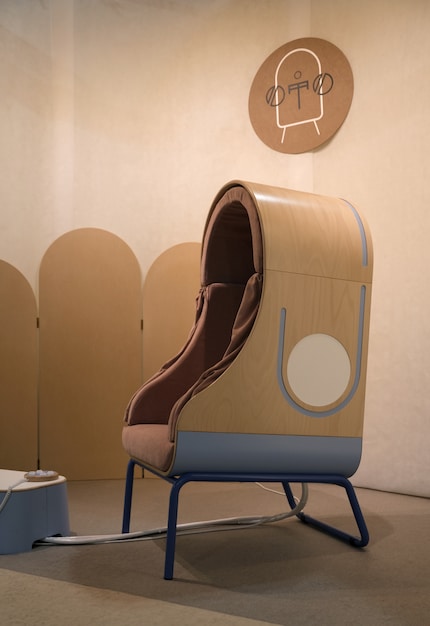

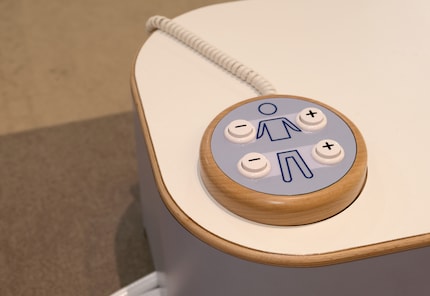
Source: Pia Seidel
"Oto" has since been further developed in collaboration with experts at EXAC-T, the competence centre for autism and neurodevelopmental disorders, in the French city of Tours. People with autism are also involved in this process. They share their experience to optimise the results. For Audrain, user-friendliness is the top priority. Products should respond to a problem or a need and integrate science into furniture design.
Design for everyday tasks such as tying shoes
The results of the ETH project "Cybathlon" were shown in the interactive exhibition. The non-profit project challenges teams from around the world to develop assistive technologies suitable for everyday use for people with disabilities. It explores design with the aim of breaking down barriers. This also applies to the affordability and recyclability of the end products.
Among these products were state-of-the-art assistive devices, such as the robotic arm "SoftHand Pro". It was developed in collaboration with Maria Rosanna Fossati, who herself wears a prosthetic hand.
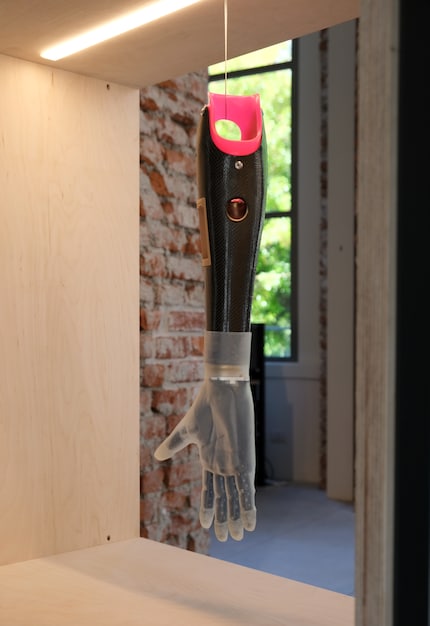
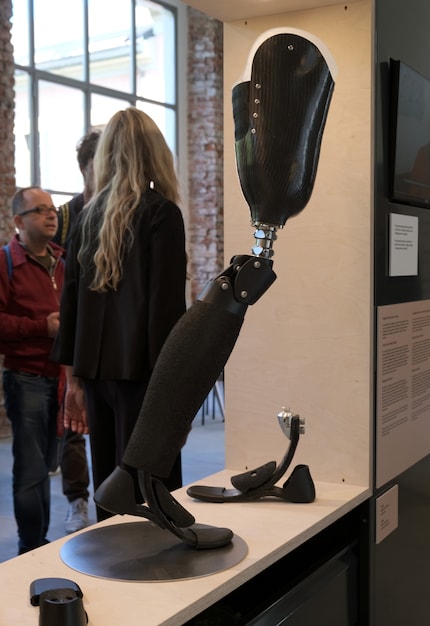
Drinking glasses of a different kind
Alena Halmes designs things that look beautiful and sound even more beautiful. The Basel-based designer pursues a novel approach in which she sees blindness as an opportunity to integrate the non-visual into her designs. For her graduation project "Eyes closed - an invisible design language" at the HGK Basel, she has translated this into objects for the first time.
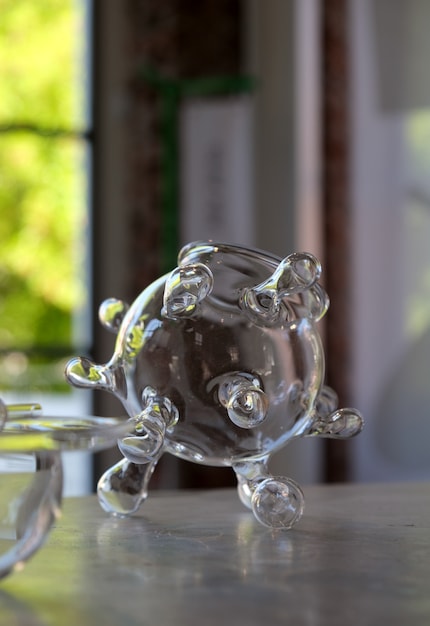
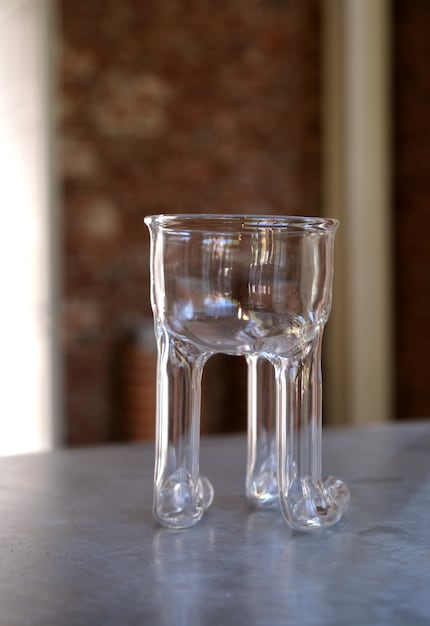
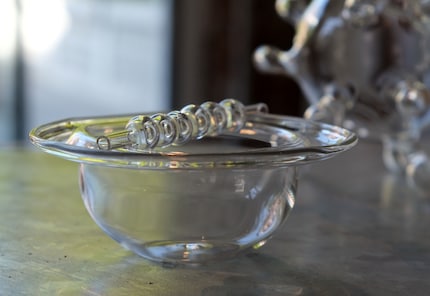
Source: Pia Seidel
Halmes asked birth-blind people how they describe, for example, water falling onto a hot hob and hissing. You can listen to this video. She then brought the descriptions to life and used her newfound repertoire of properties to design a set of glasses that create a tactile, acoustic and playful experience and represent this new design approach. The designer is currently in the process of producing a small quantity so that they can be used in autumn at the Food Experience by Steinbeisser with chefs Zizi Hattab and Karime López.
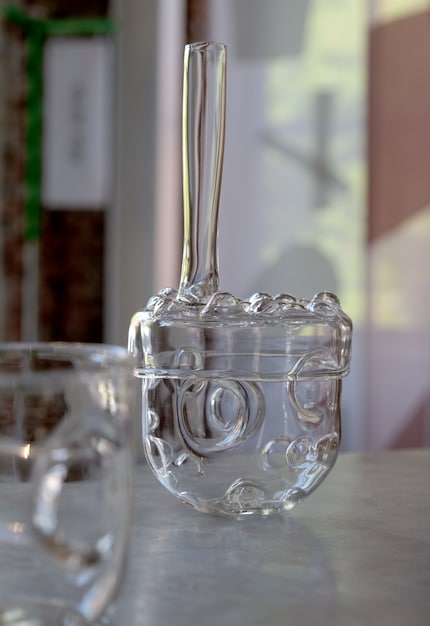

Source: Pia Seidel
Like a cheerleader, I love celebrating good design and bringing you closer to everything furniture- and interior design- related. I regularly curate simple yet sophisticated interior ideas, report on trends and interview creative minds about their work.